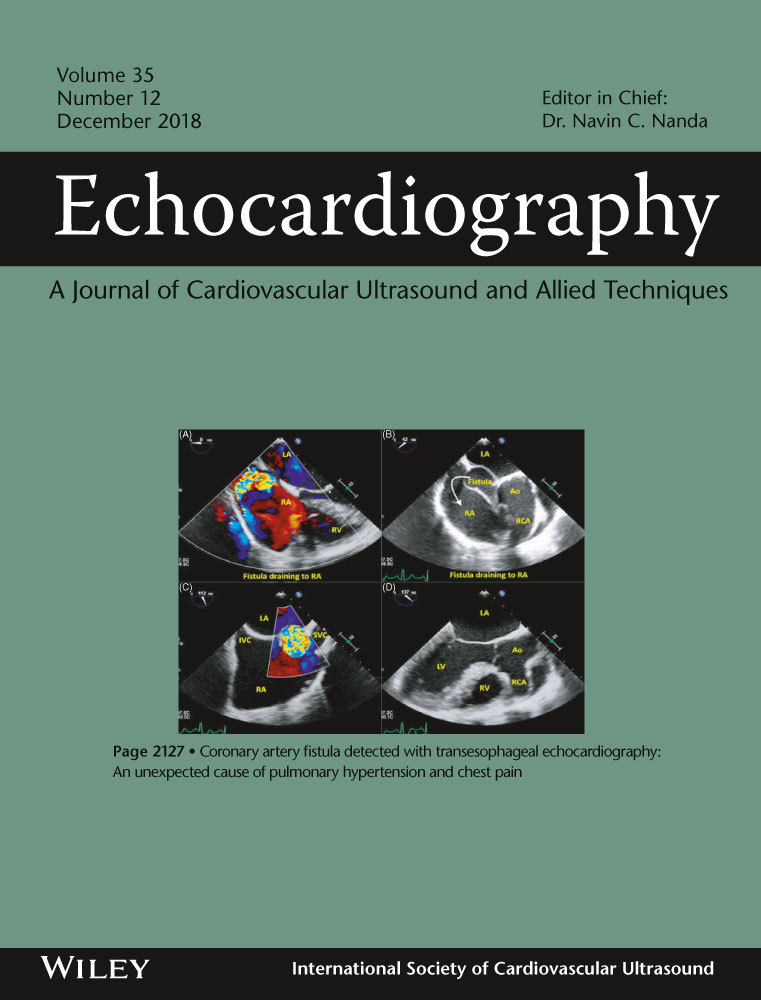Physiological left ventricular segmental myocardial mechanics: Multiparametric polar mapping to determine intraventricular gradients of myocardial dynamics
Abstract
Objective
We investigated physiological systolic left ventricular (LV) myocardial mechanics and gradients to provide a database for later studies of diseased hearts.
Methods
The analyses were performed in 131 heart-healthy individuals and included seven parameters of myocardial mechanics using speckle tracking echocardiography (STE).
Results
Basal to apical and circumferentially significant physiological intraventricular parameter gradients of myocardial activity were determined. Global mean values and segmental ranges were peak systolic longitudinal strain −21.2 ± 3.3%, 95% confidence interval [CI] −21.8% to −20.6%), gradient (basal to apical) −16.0% to −26.7%; peak systolic longitudinal strain rate −1.24 ± 0.31%/s, 95% CI −1.29% to −1.19%/s, gradient (basal to apical) −0.91% to −1.61%/s; post-systolic index 2.6 ± 3.2%, 95% CI 3.15%–2.05%, gradient (basal/medial/apical) 7.0/1.2/2.4%; pre-systolic stretch index 1.3 ± 2.7%, 95% CI 1.77%–0.83%, gradient (basal/medial/apical) 6.5/0.2/1.3%; peak longitudinal displacement 12.2 ± 2.6 mm, 95% CI 12.6–11.8 mm, gradient (basal to apical) 21.0–3.4 mm; time-to-peak longitudinal strain 370 ± 43 ms, 95% CI 377–363 ms, gradient (basal to apical) 396–361 ms; and time-to-peak longitudinal strain rate 180 ± 47 ms, 95% CI 188–172 ms, gradient (basal to apical) 150–200 ms.
Conclusion
This study generated a database of seven STE-derived parameters of physiological segmental and global myocardial LV mechanics. The resulting sets of three-dimensional intraventricular mappings of the entire LV provide physiological parameter gradients in baso-apical and circumferential direction by applying the 17-segment polar model. This will facilitate comparison of systolic myocardial activity of the healthy LV with diseased or otherwise altered (eg, sports) hearts.




